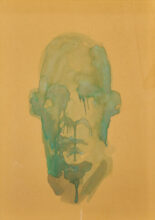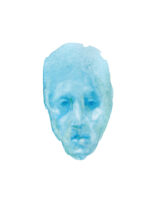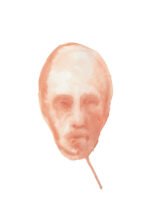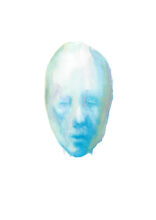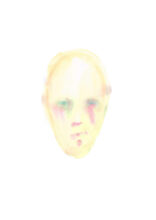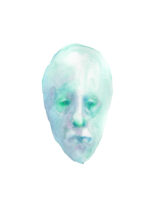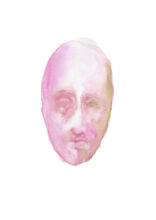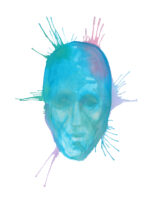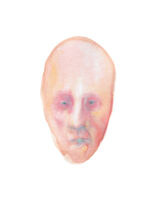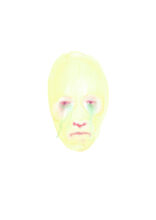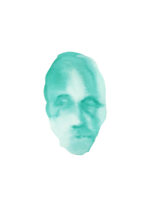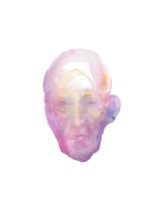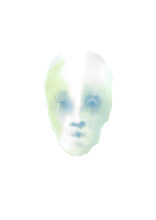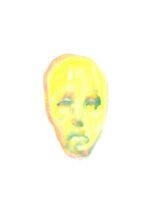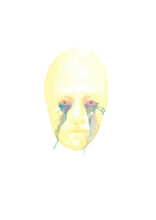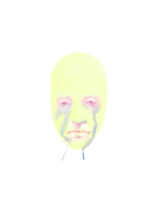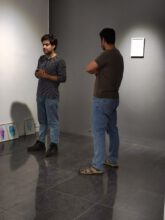Psychozoa
An Exhibition of Paintings By
Dadbeh Bagheri
Opening
20May 2022
Visiting Days
22May – 3June 2022
Visiting Hours
15 – 20
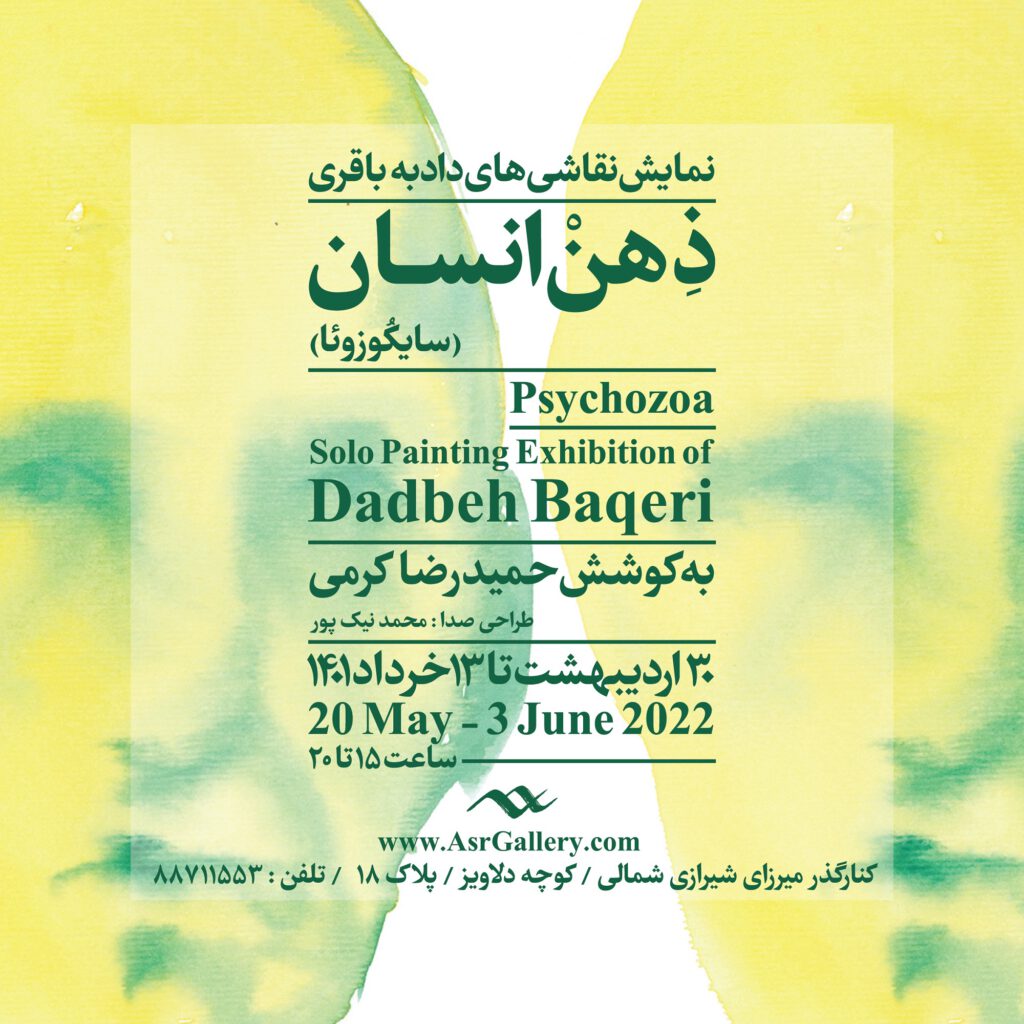
Statment
That familiar image that appears before our eyes each time we stand in front of a mirror is the brightest and most direct image we have of ourselves. It is so obvious that we do not hesitate for a moment it belongs to what we have always considered our «self.» It even seems impossible to think of such a concept or to try to utter it with the intention of talking about it to another without believing in the existence of «self» and using a word that carries its meaning. But what if we suddenly know that there is no «self» at work? That everything we know about it and attribute to it is nothing more than a baseless idea? No! There is no self at work. No one has ever been “self” and has never have such a thing like that! We have no nucleus named “self”. David Hume and Ernst Mach were absolutely right: “self” is an illusion! No neuroscientist has ever found anything like “self” anywhere in our brains. Man does not need “self” to comprehend feelings and concepts
and to experience emotions, but they all happen by themselves. The “self” is nothing more than an idea among a host of other ideas. An illusion, though perhaps necessary, that gives man the pleasant (and inevitable?) sense of having an observer in the brain. Because of this, we always have an image of “self” in our minds. An image whose appearance changes over time, but always covers its body like a shell. These images of “self” – which inevitably manifest themselves most in the form of the face – are summoned only by memory. As if it is the eternal force of memory that can pull these images out of the dark and intertwined labyrinths of the past and send them to consciousness. Yet even which artist hand can vividly and by details depict all various manifestations of the “self” – or the “other” – over time? If we think about all that we have been and become, we see only images and select scenes that were small emotional fragments. In this way, what is created in the mind is more like short scenes with a fast editing rhythm like music videos than a film with a calm and logical rhythm. Accordingly, Dadbeh Bagheri, the artist I know, has a unique experience of retrieving and recalling such images. At some points in his life, he underwent therapies that required stimulation of the nervous system, and specifically the brain, with electrical shock. What he remembers from these experiences – which have now become the subject matter of his brilliant works – have been vague and deformed portraits, which after passing through the narrow twists and turns of the mind, appear one after the other in an ethereal atmosphere and then sink into a vortex of chaos of colors. With the help of the watercolor softness and transparency and the slipperiness of his brush, now he recreates those figures in a spontaneous and expressive manner in the center of the compositions on the whiteness of paper and in an isolated space. In depicting them, the artist takes the distortion of portraits to the point of their metamorphosis to animal figures to evoke the affinity of human with their evolutionary ancestor
and to place them in an exceptional position as a dreamer, reminder creature known as Psychozoa. The sequential and musical emergence and disappearing of the portraits in the video art he has made are a re-creation of the same sequence of appearing and hiding of the shock-induced afterimages in the past.
Hamidreza Karami
Artworks

